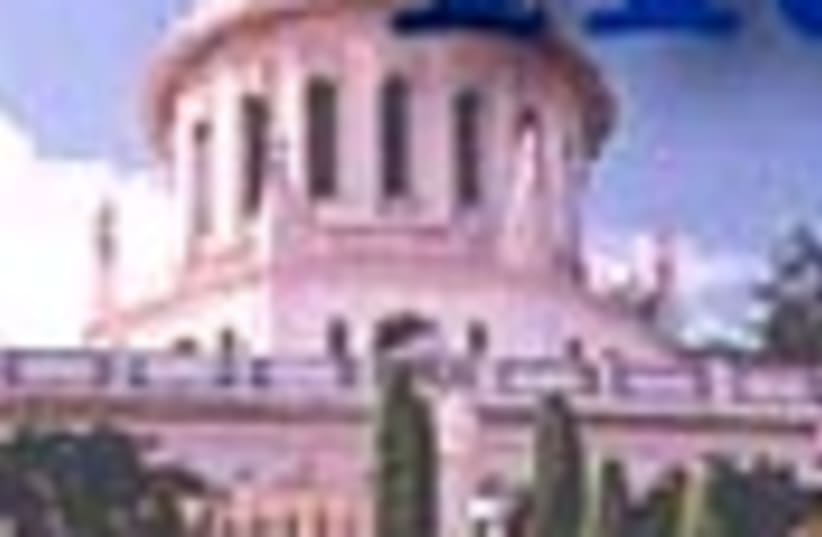| More about: | Louis Armstrong, The Beatles, Nobel Prize in Literature, Sami Michael |
The piper of Haifa
An enchanting tour guide adds a musical note to his expert excursions around the town.


| More about: | Louis Armstrong, The Beatles, Nobel Prize in Literature, Sami Michael |